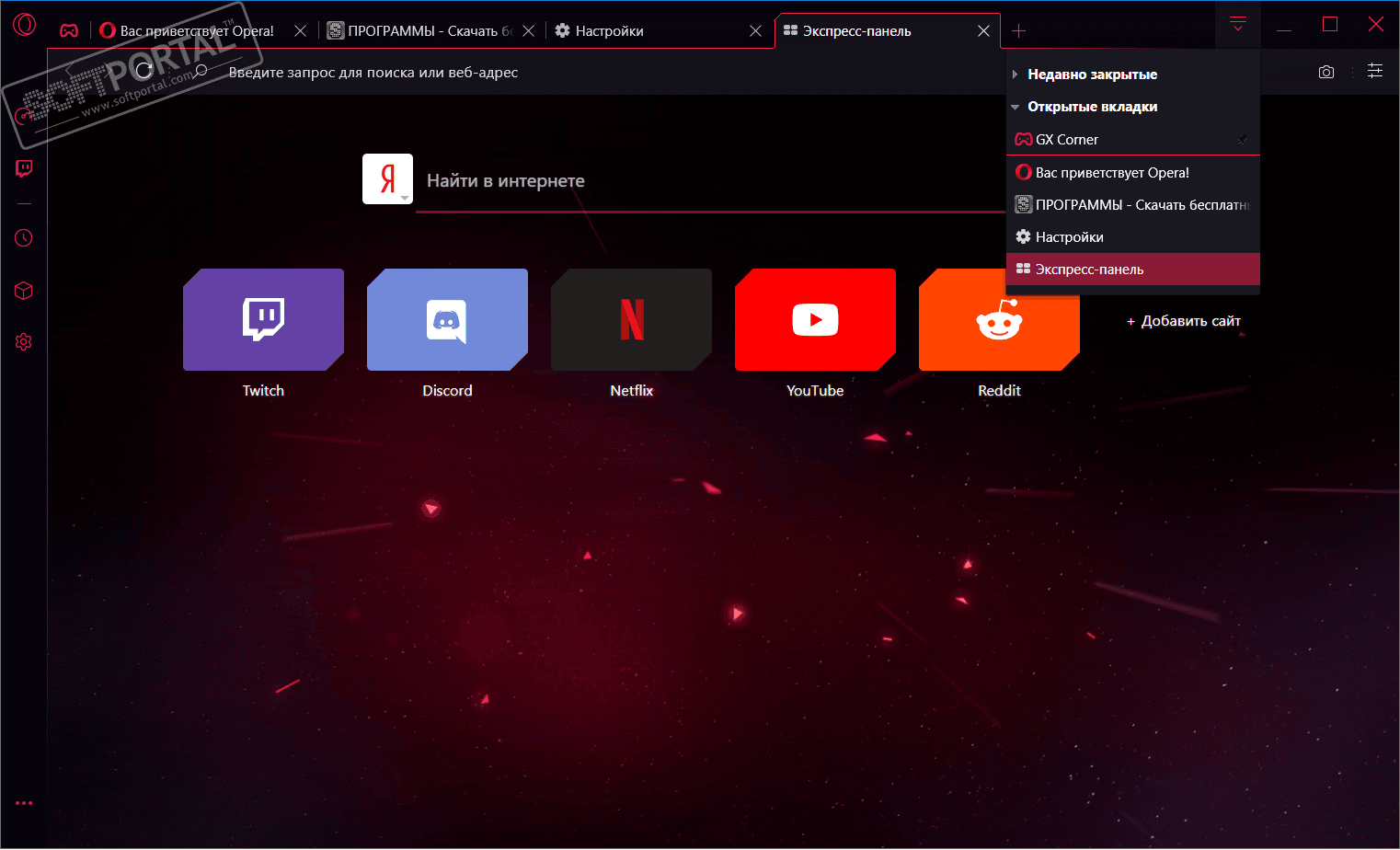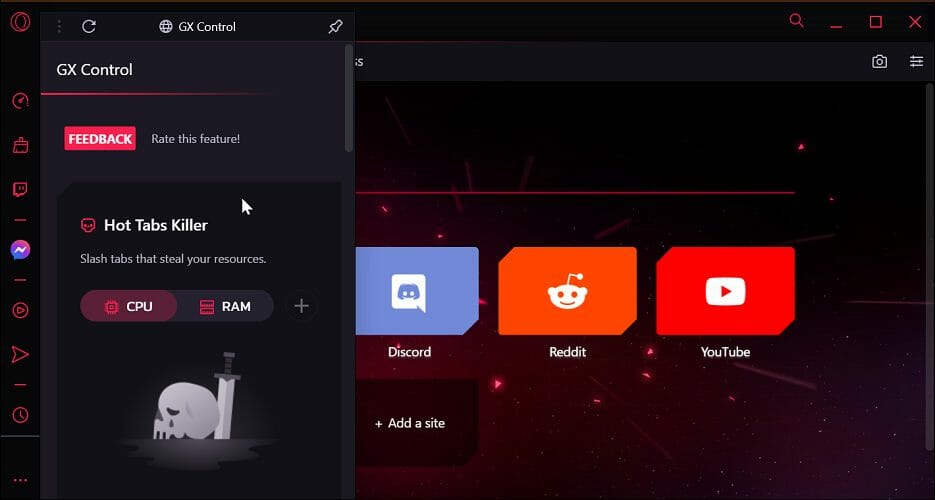

In Script Editor, select “New Document” and paste the following code inside.ĭo shell script "open -a /Applications/Opera.app -n -args -private" You can search for it via Spotlight or find it inside /System/Applications/Utilities. "C:\Users\username\AppData\Local\Programs\Opera\opera.exe -private" Step 6ĭouble-click the Opera shortcut created to see if it opens up an Opera browser in Private mode, which it should.Īnd if all works, you can now drag it down to the Taskbar so it opens up in Private mode every time you launch it.

With one that includes a space and the parameter -private. "C:\Users\username\AppData\Local\Programs\Opera\opera.exe" In short, we are replacing the following: Inside “Target:”, go to the end of the line, add a space, follow by “ -private” without quotes, and then hit “OK”. Right-click on the created shortcut and select "Properties". In the expanded menu, select “Create shortcut” and rename the created shortcut to “Opera Browser”.

Right-click on the Opera app and then select “Show more options” Step 3 By default, the app should be inside C:\Users\ user_name\AppData\Local\Programs. Vivaldi Windows Users Step 1įirst, we need to locate where Opera is in the Windows files system. So, let’s see how to do it.Īlso read: Browser Comparison: Opera vs. Both Windows and Mac users can follow the steps according to their respective operating systems. In the following, youâÂÂll find a step-by-step guide on how to get Opera to open automatically in a private window each time. If you want to make it more secure, you can activate the private mode by default. Opera is known for being a privacy-focused browser compared to other more popular ones.


 0 kommentar(er)
0 kommentar(er)
